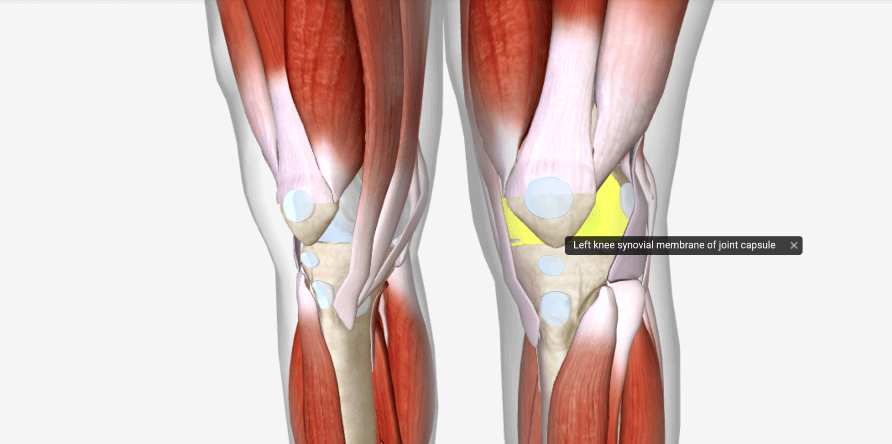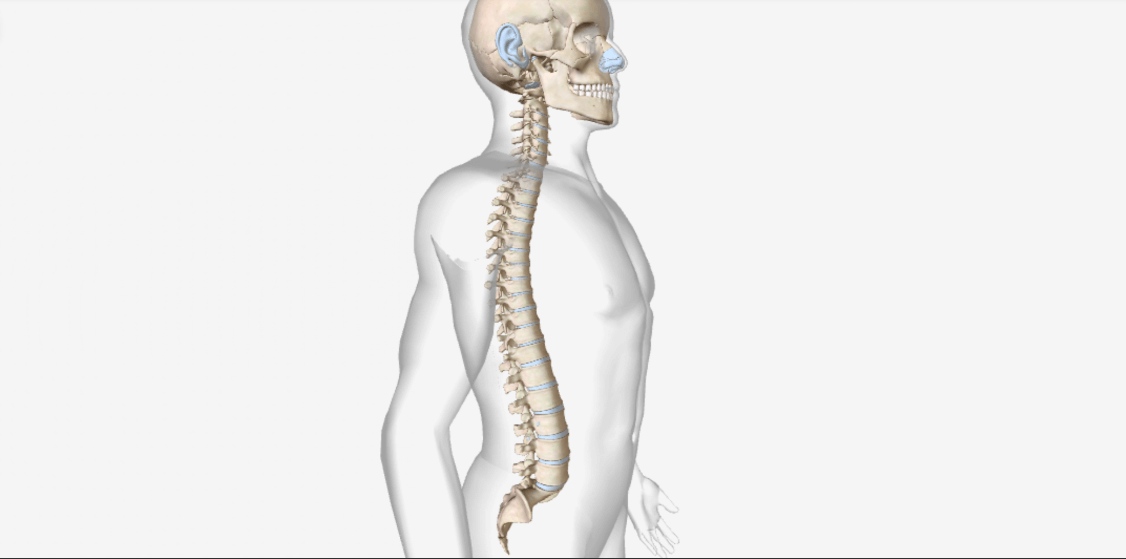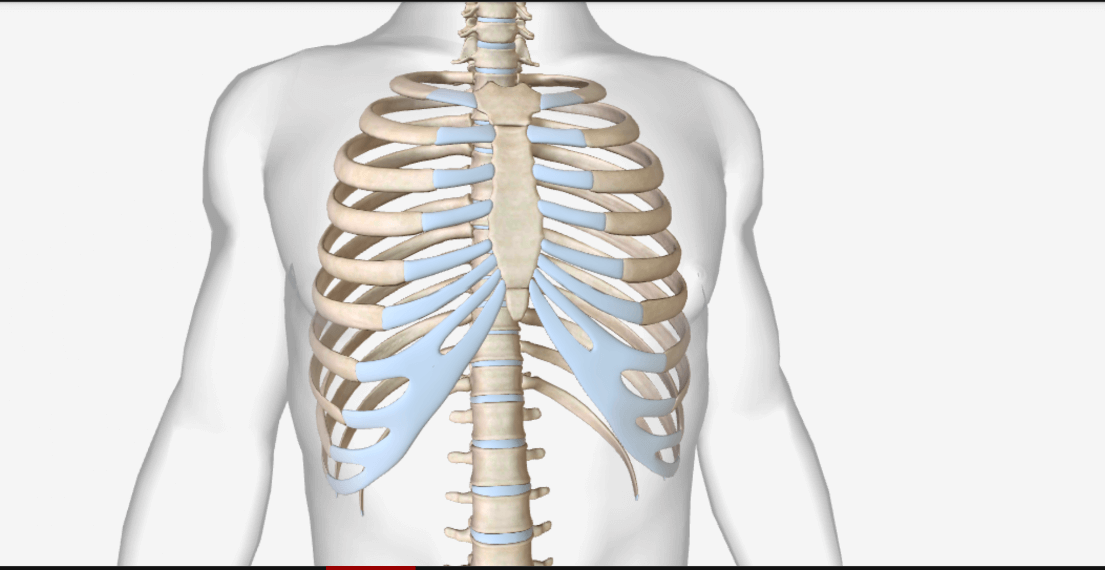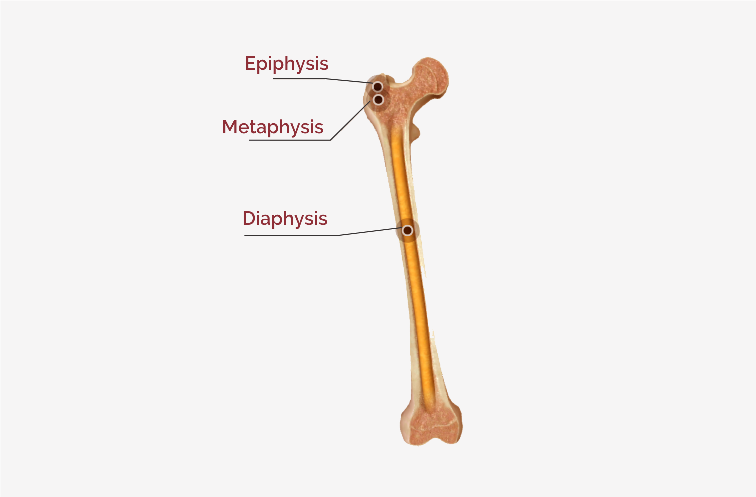A joint or articulation is a contact point between the two bones.
These are classified structurally and functionally.
Structurally by the presence or absence of a space that is the synovial cavity between the articulating bones, and the type of connective tissue that joins the bones together. They are as follows-
1. Fibrous joints– They have no synovial cavity, and the bones are joining together by dense irregular connective tissue.
2. Cartilaginous joints– There is no synovial cavity and the bones are connected by cartilage.
3. Synovial joints- They have a synovial cavity and are joined by the dense irregular connective tissue.
Functionally they classified by the types of movement they allow. They are-
1. Synarthrosis– It is an immovable joint.
2. Amphiarthrosis– There is a slight movement between the joint.
3. Diarthrosis-This allows free movement.
A. Fibrous Joints
There is no synovial cavity, the bones are held together by dense irregular connective tissue and these joints permit no movement. Their types are-
a. Sutures– These are formed by a thin layer of dense irregular connective tissue. These having irregular, interlocking edges of sutures that are immovable. Example- Skull.
b. Syndesmoses– In this there is a greater distance between the articulating surfaces and these held together by dense irregular connective tissue, which is arranged in a bundle. It permits slight movement. Example- Tibiofibular joint.
c. Interosseous Membranes– In this there is a sheet of dense irregular connective tissue that joins the nearby long bones and permits slight movement. Example- In between the radius and ulna in the forearm and the tibia and fibula in the legs.
B. Cartilaginous Joints
These joints also lack a synovial cavity which allows little or no movement and are connected by hyaline cartilage or fibrocartilage.
a. Synchondroses– This joint is connected by hyaline cartilage and is an immovable joint. Example- Joint between the first rib and the manubrium of the sternum.
b. Symphyses– The articulating bones are covered with hyaline cartilage, but fibrocartilage connects the bones to each other. It is a slightly movable joint Example- Pubic symphysis between the hip bones.
C. Synovial Joints
-All synovial joints are freely movable joints. The bones at a synovial joint are covered by a layer of hyaline cartilage.
-There is a articular capsule or joint capsule that surrounds the synovial joint, is composed of two layers, an outer fibrous membrane of dense irregular connective tissue and an inner synovial membrane that secretes synovial fluid which forms a thin film within the articular capsule and reduces friction by lubricating the joint, absorbing shocks, and supplying oxygen and nutrients to and removing carbon dioxide and metabolic wastes.
-Synovial joints also contain accessory ligaments called extracapsular ligaments and intracapsular ligaments. Extracapsular ligaments lie outside the articular capsule and the intracapsular ligaments lie within the articular capsule but are excluded from the synovial cavity by folds of the synovial membrane.
-In some synovial joints, a crescent-shaped pad of fibrocartilage lies between the articular surfaces of the bones and are attached to the fibrous capsule. These pads are called menisci.
-A labrum is a fibrocartilaginous lip that extends from the edge of the joint socket which is prominent in the ball-and-socket joints of the shoulder and hip. This increases the area of contact between the socket and the ball of the bone.




